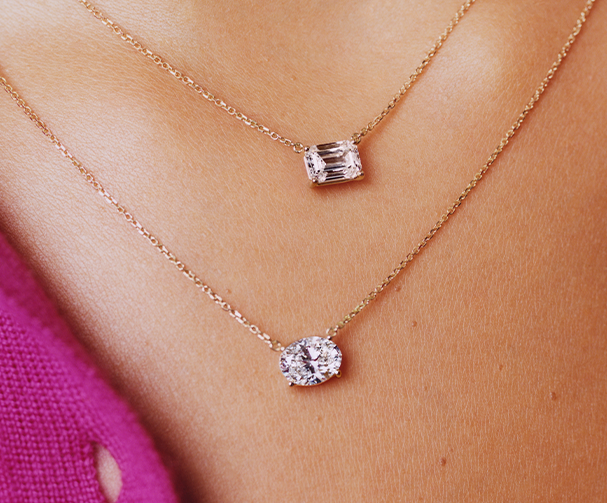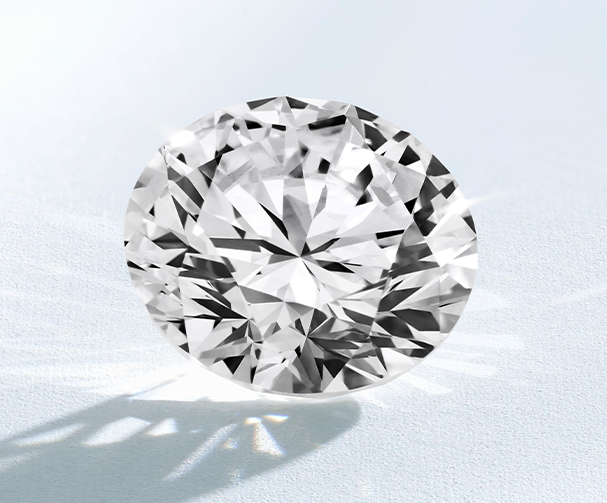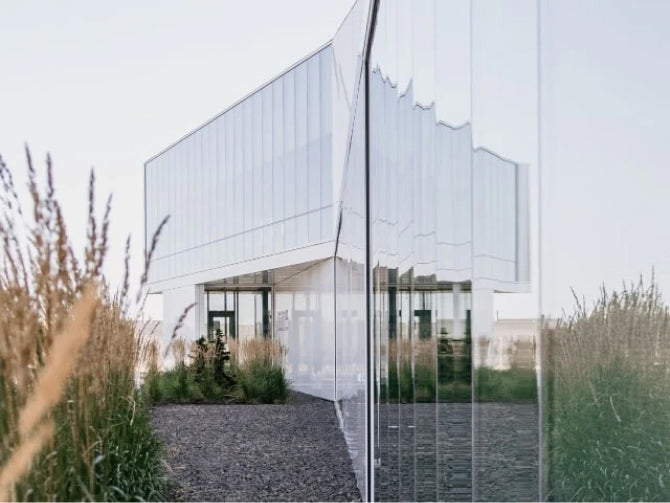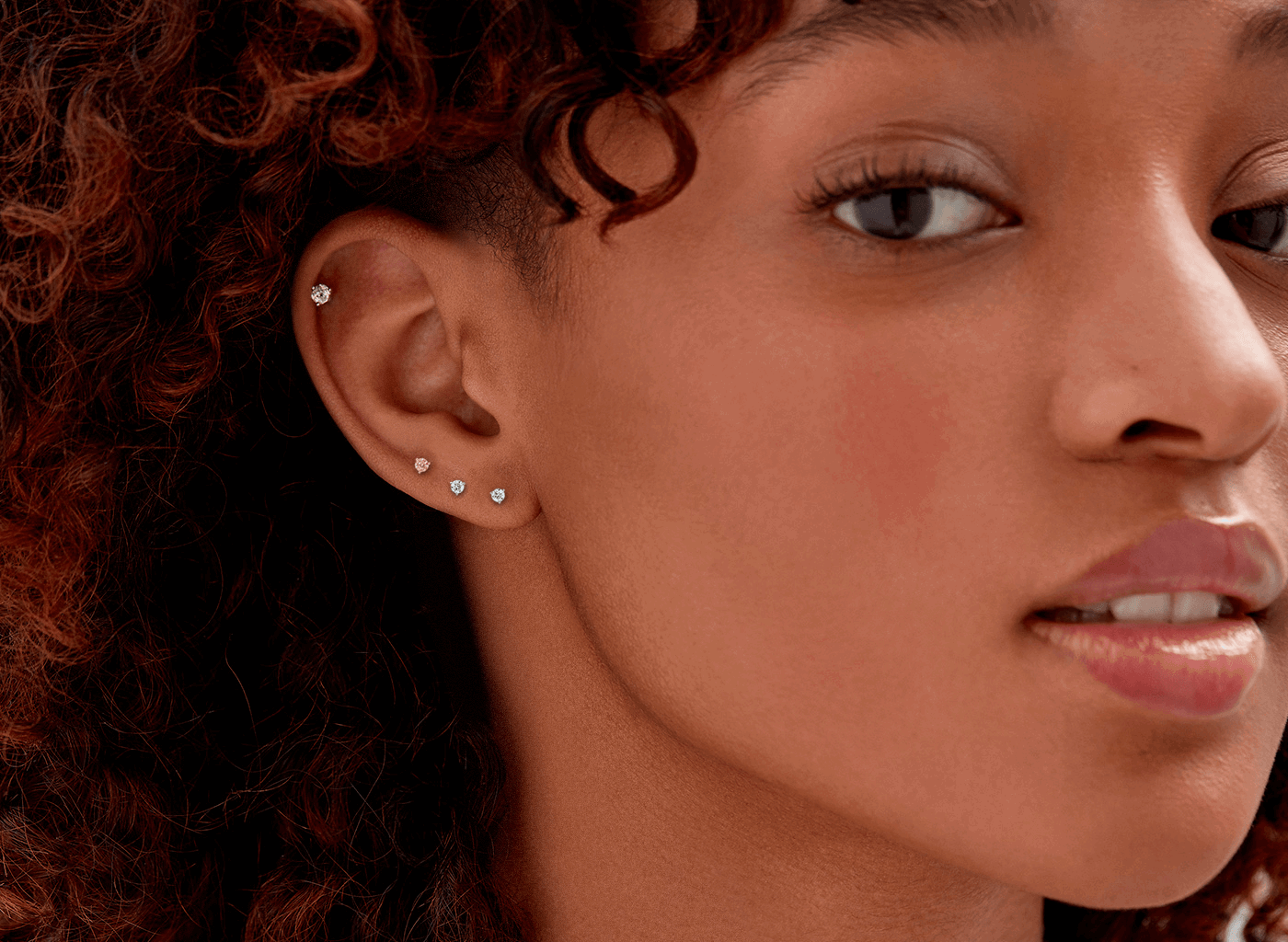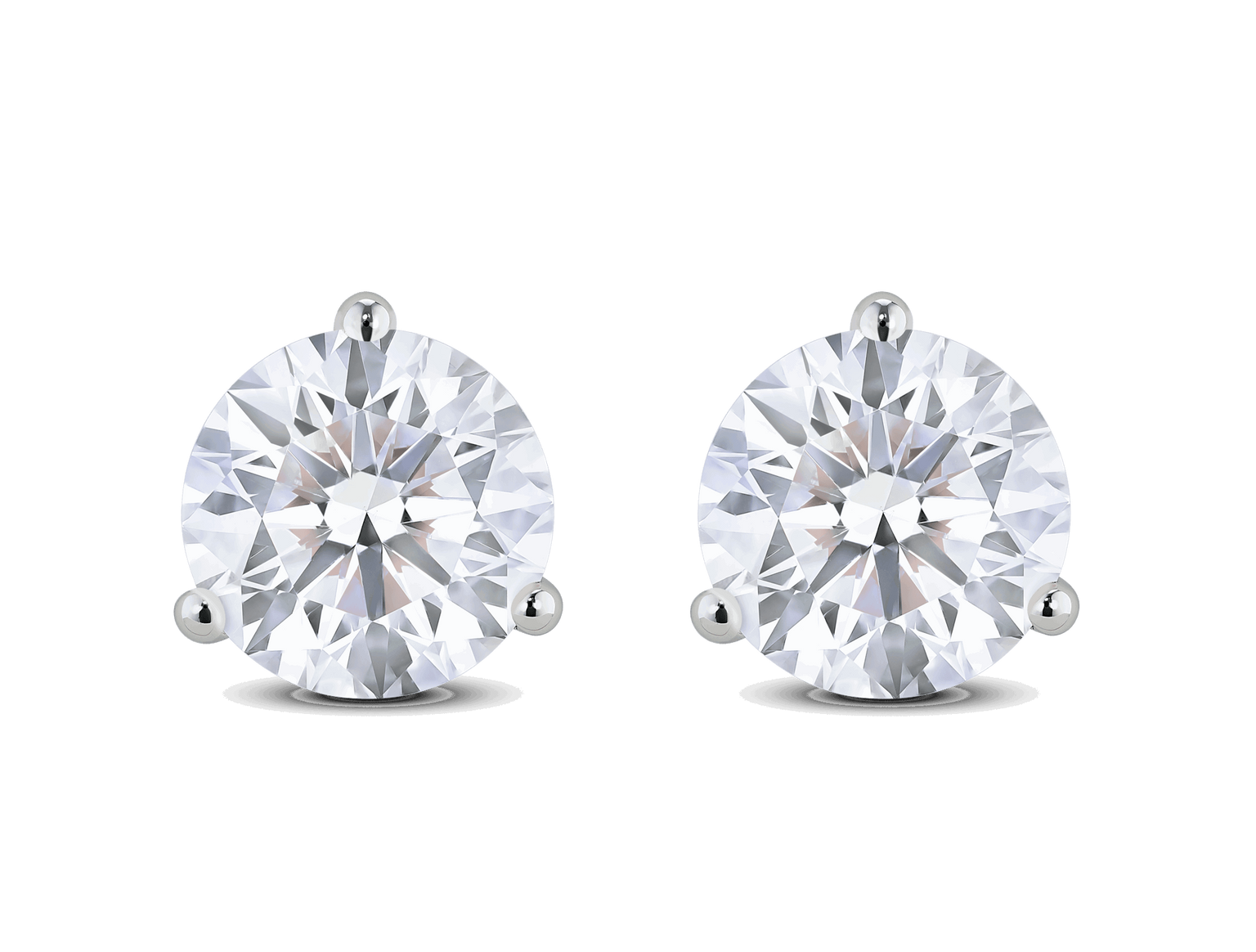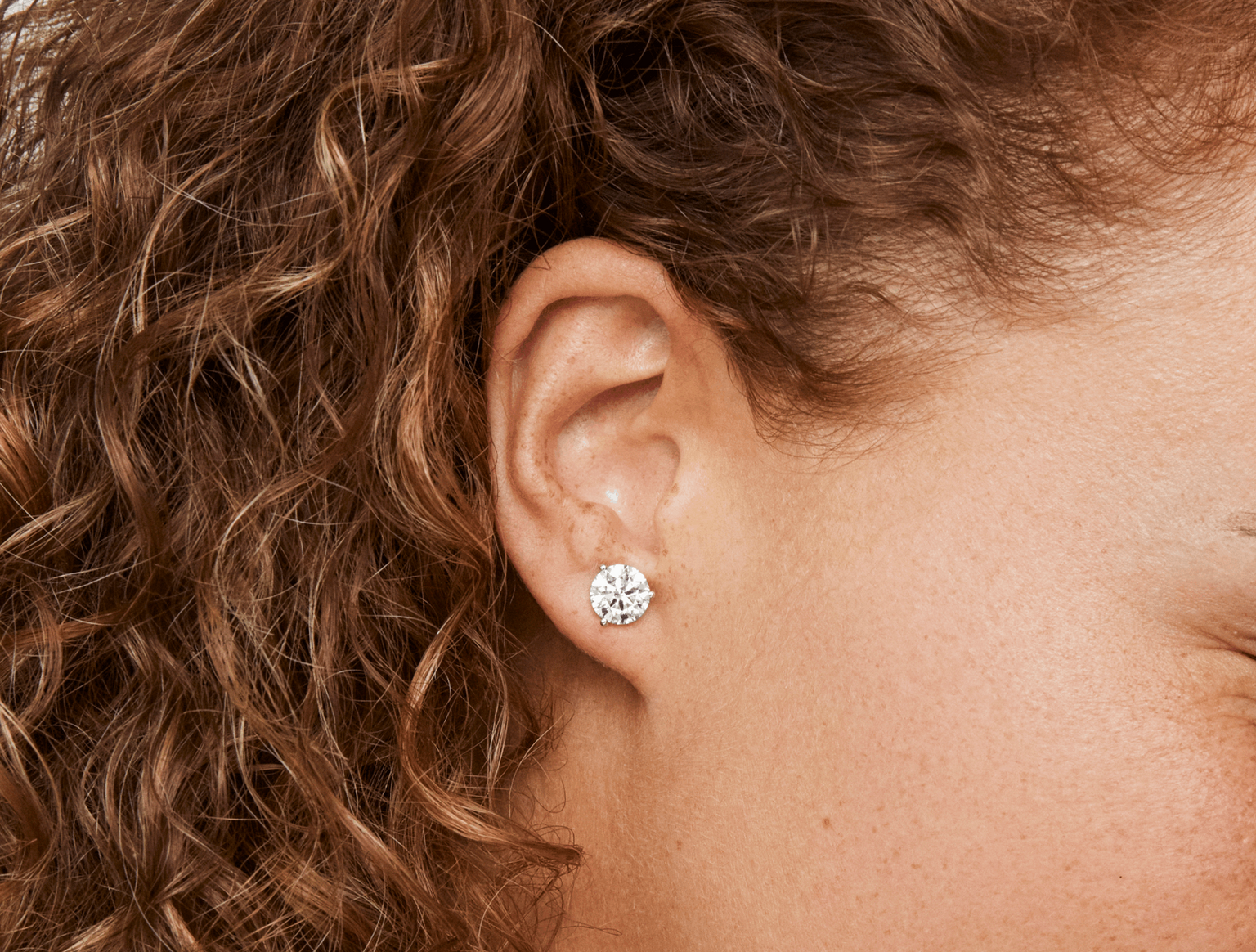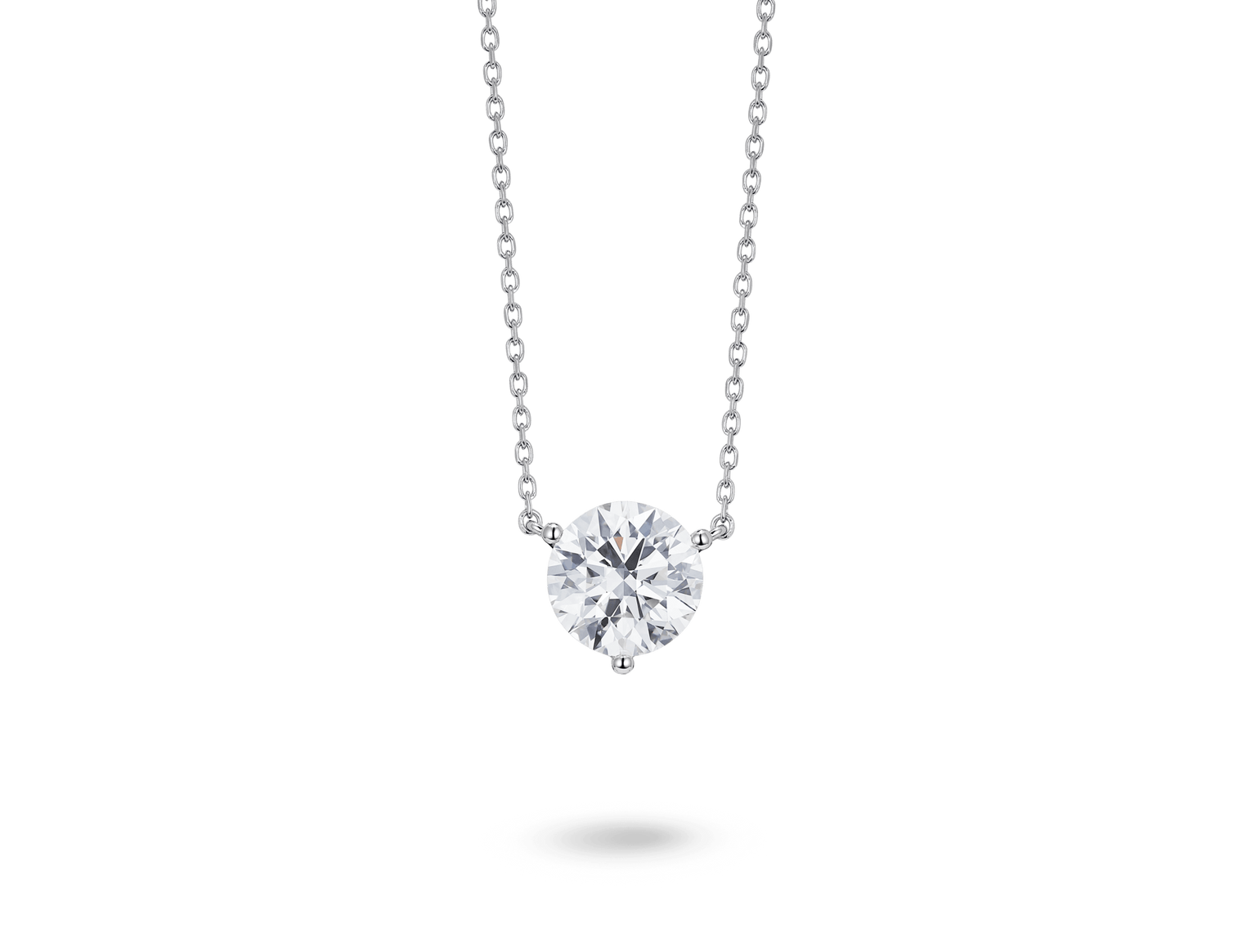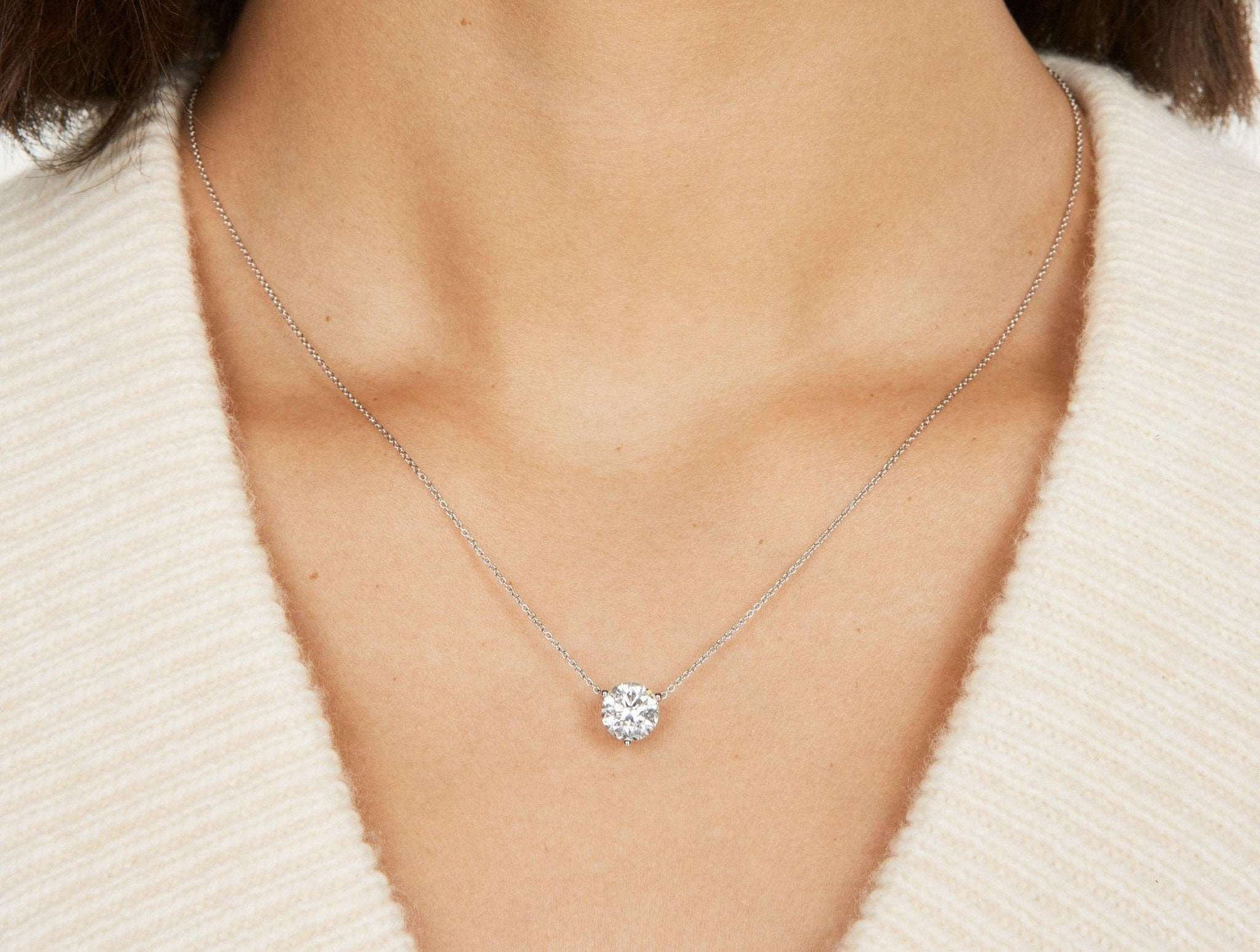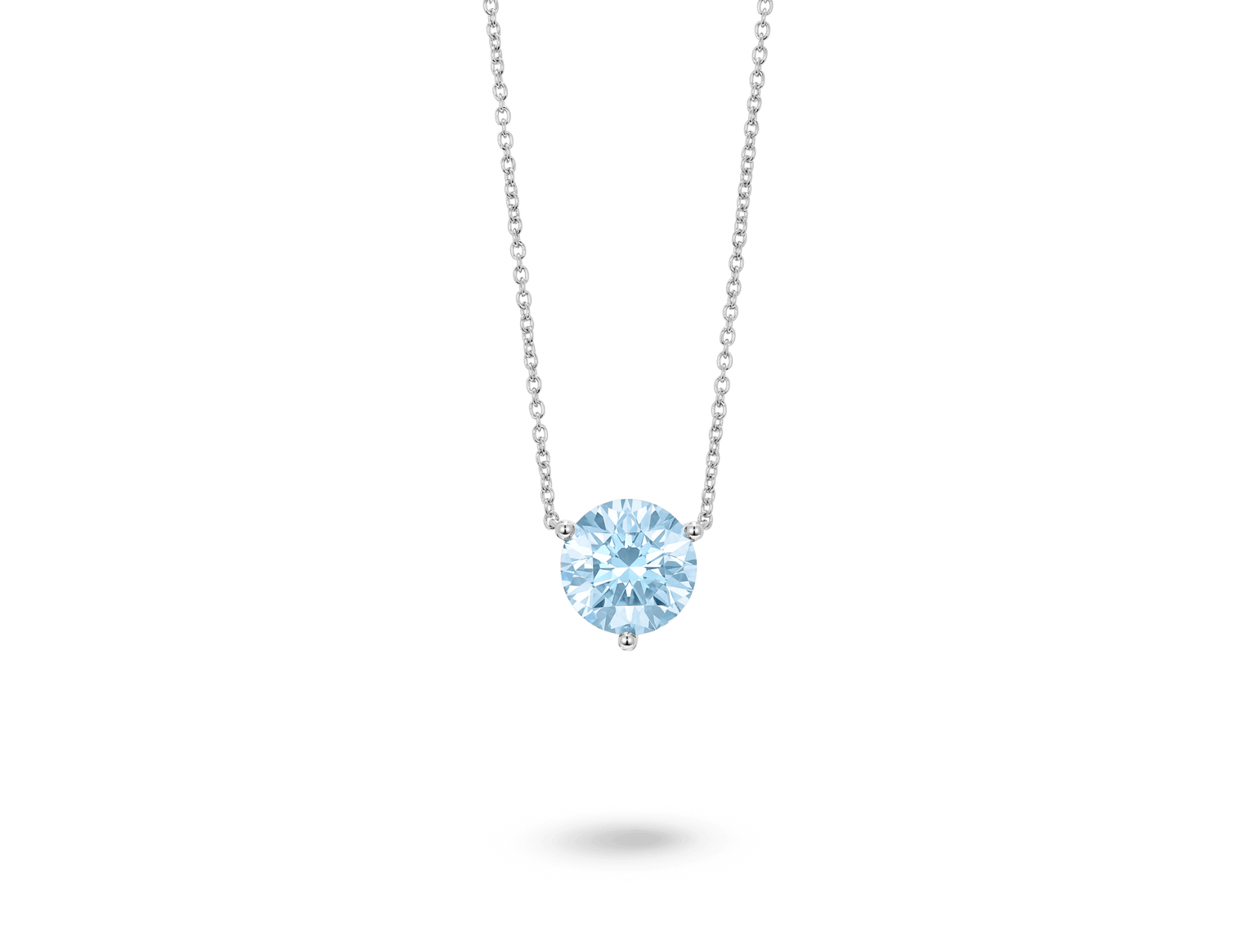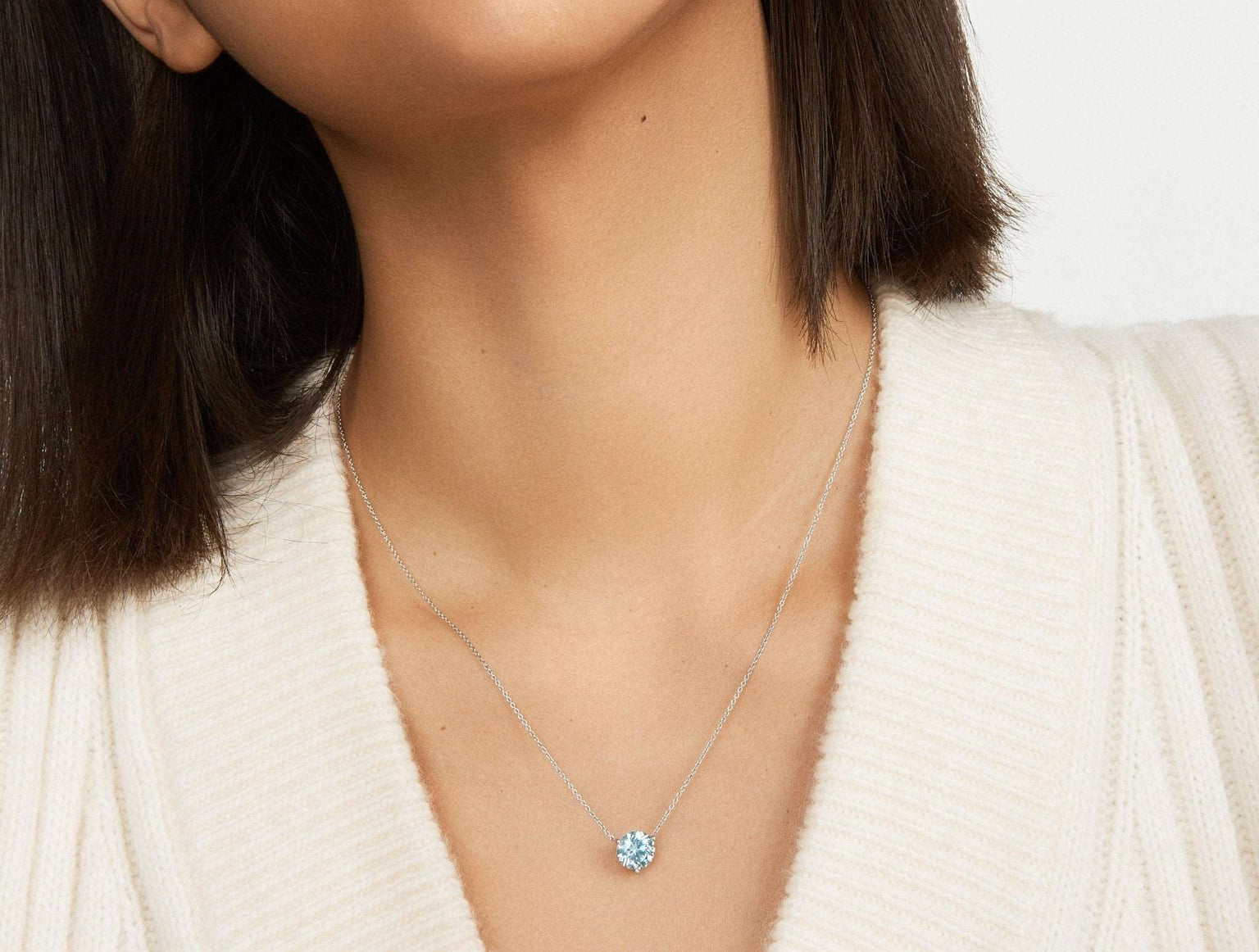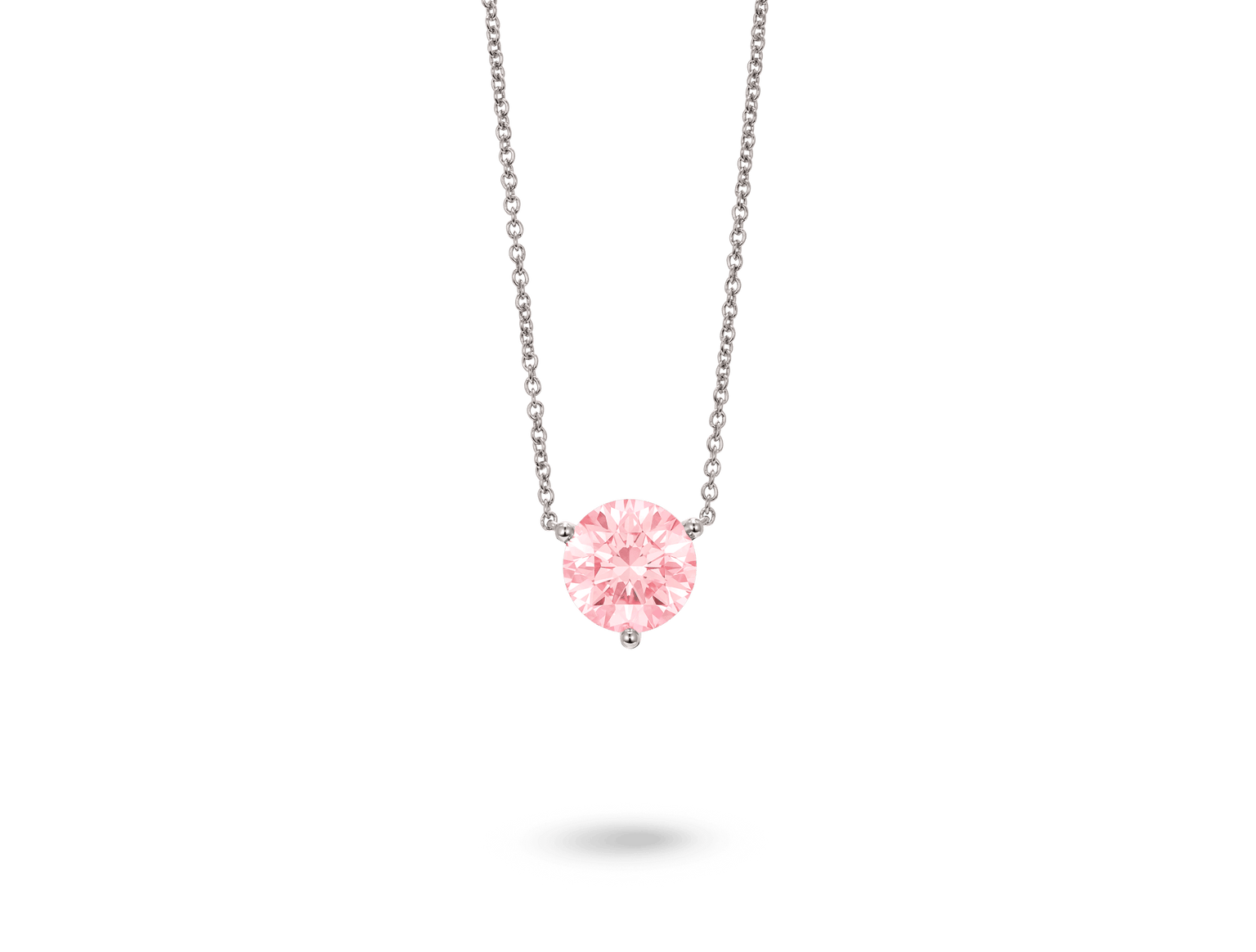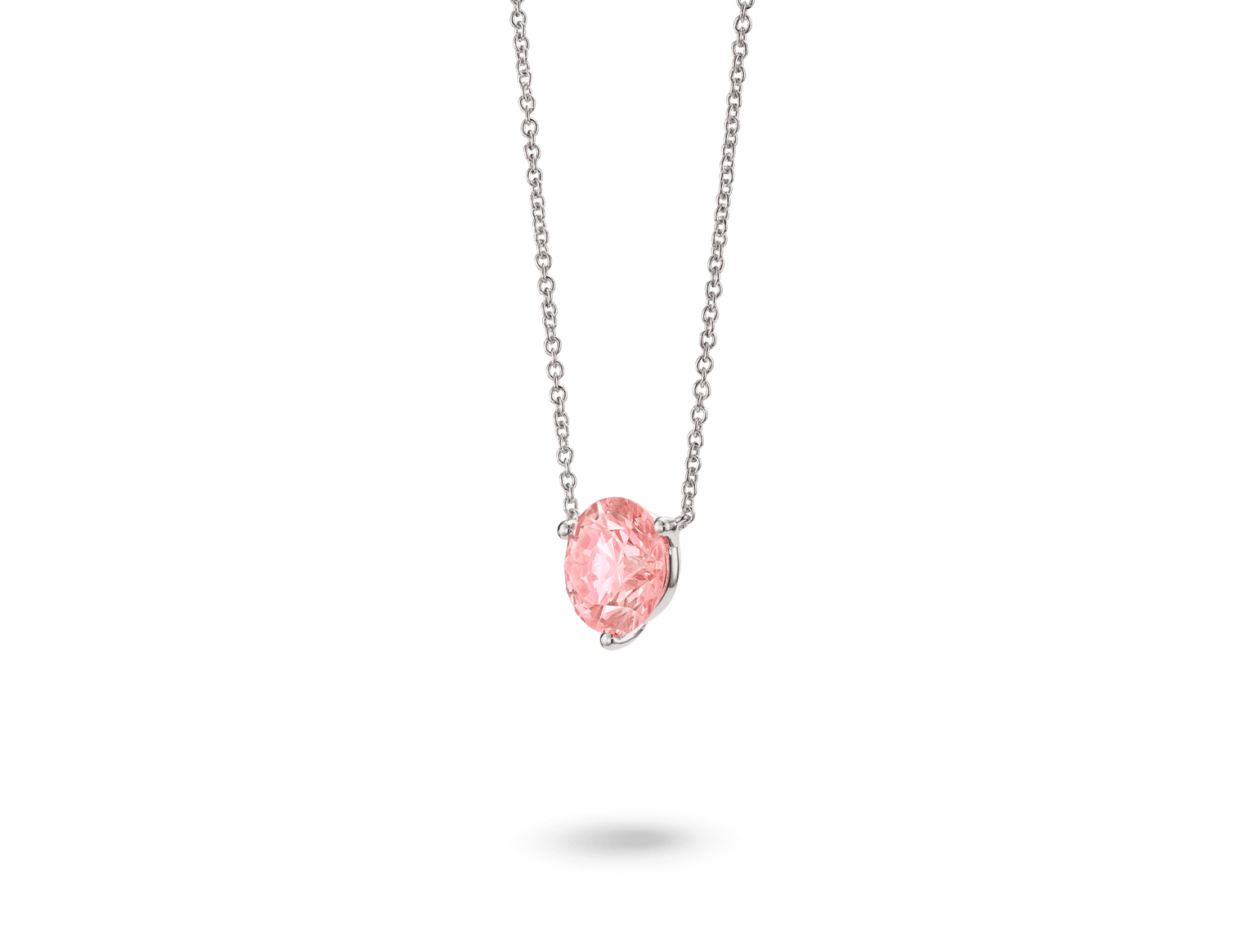Here at Lightbox, we're all about diamonds, whether from the earth or grown in a lab. Today, we're answering a question that we get asked all the time: do lab-grown diamonds pass a diamond tester? And the answers aren't just a fun fact for your next dinner party. They're insights into the fascinating world of diamonds and helpful info for the next time you're looking to add a little something to your life. So, grab your favorite cup of tea, settle in, and let's embark on a journey that bridges the gap between natural beauty and human ingenuity. Our first stop? Understanding the trusty diamond tester.
What is a Diamond Tester?
The diamond tester is a trusted tool in the world of diamonds. You can think of it as a sniffer dog for gems, always on the hunt for the real deal. But what exactly is it, and how does it work? Let's get into it. At its core, a diamond tester is a handy device used by jewelers to confirm if a stone is a genuine diamond. It measures the heat that passes through the stone — that's the thermal conductivity — because diamonds have unique thermal properties that distinguish them from other stones.
Now, how does this diamond detective do its job? It's all about the tech. See, every stone has a different way of dealing with heat and electricity, like a unique fingerprint. Diamond testers use this to their advantage, examining how well a gem conducts heat (thermal conductivity) and electricity (electrical conductivity). Imagine it like a secret handshake only a real diamond knows.
These nifty devices also pay attention to the refractive index, which is how much a diamond bends light. It's like the diamond's way of wowing us with a magic light show. And guess what? This can help distinguish between natural and synthetic stones, too. In the jewelry world, diamond testers are heroes, ensuring every sparkle you see is worth your adoring gaze.

The Science of Sparkle: Are Lab-Grown Diamonds Really Diamonds?
You know when you find a perfect recipe online, follow it to the letter, and voila, you've got a dish that could fool someone into thinking it’s from a Michelin-star restaurant? Well, that's a bit like how lab-grown diamonds are made. These diamonds aren't from the Earth — they’re crafted using advanced scientific methods and modern technology in a controlled lab environment. These scientists, they're pretty good at following recipes.
In a lab setting, lab-grown diamonds are initiated from a minuscule diamond seed. Depending on the technology used — such as Chemical Vapor Deposition (CVD) or High-Pressure High-Temperature (HPHT) — these seeds are exposed to a specific combination of heat, pressure, and a carbon source. The result? Layer-by-layer growth of crystals over the course of a few weeks, culminating in diamonds that are chemically identical to their natural counterparts.
What grants lab-grown diamonds their diamond status? It's their composition. Both lab-grown and natural diamonds consist of pure carbon, organized in a specific crystalline lattice structure, specifically in the cubic crystal system. They share key properties like hardness, thermal conductivity, and refractive index. While they bear many similarities, it's important to note that they are not entirely identical in every aspect and professional diamond appraisers will be able to tell them apart by closely examining certain nuances and subtleties inherent in each type, using advanced technology to identify them.
Now back to the original question — do lab-grown diamonds pass a diamond tester? Absolutely. Since they're practically doppelgangers of their natural counterparts in every scientific way, they'll pass a diamond tester's evaluation effectively.. So next time you see a lab-grown diamond sparkling away, remember, it's not just a pretty face, it's got all the scientific credentials too.
The Charm of Variety: Lab-Grown Diamond Jewelry
Say hello to your new elevated everyday with lab-grown diamond jewelry. Like natural diamonds, these lab-crafted beauties are found in every style under the sun, from classic studs to modern pendants and even those statement earrings you love. The best part? They add that irresistible sparkle to any outfit without making your wallet feel light as a feather.
Consider the allure of lab-grown diamond rings. Their rising prominence in the jewelry world is well-deserved. Envision the elegance of a beautifully designed band gracing your finger, adorned with lab-grown diamonds crafted using advanced technology. It’s more than just jewelry — it's a testament to modern craftsmanship. Turning our gaze to the lab-grown cushion cut diamonds, we can't help but get excited. They embody a fantastic blend of chic appeal with a contemporary edge, making them a refined jewelry addition for discerning individuals in pursuit of a distinctive yet fashion forward piece.
Why choose lab-grown diamonds? The reasons are clear. They provide the similar allure, radiance, and elegance as their natural counterparts, complemented by the marvel of modern technology. Plus, with their more affordable price point, they fit into a category of jewelry you can wear everyday — unlike the natural diamond heirloom pieces from your grandmother, reserved for special occasions only. Think of ;ab-grown diamonds as a harmonious blend of tradition and innovation that you can use to bring some luster to your life.
Trust the Shine: Reliable Sources for Lab-Grown Diamonds
So, now that you know lab-grown diamonds pass the test, you're ready to embrace the sparkle. Well, entering your lab-grown jewelry era is definitely something to celebrate, but let's press pause for a sec and talk about something just as important as the shine: where to buy them. It's like finding the right coffee shop: you're looking for quality beans, a charming atmosphere, and maybe a cute barista thrown in for good measure.
At the heart of it, clarity is key — it's essential to know the origins and creation process of your diamonds. Certifications are your guiding light here, verifying that your diamond is indeed a lab-grown wonder. It's also wise to lean towards brands that are open about their crafting methods and pricing. This way, your diamonds represent both elegance and informed choice — a perfect blend..
And where you might ask, can you find these trustworthy diamond sellers? Well, the world is your oyster, my friend. From online retailers who offer detailed product info and positive reviews (think of them as your virtual jewelry boutiques) to brick-and-mortar stores that provide that hands-on, sparkly experience — there's something to suit your shopping style. And remember, diamond shopping should be as delightful as wearing the diamonds themselves.
Sparkle On: The Diamond-Clear Conclusion
So there you have it. Lab-grown diamonds do indeed pass a diamond tester. Beyond the science, it's their dazzling beauty and endless variety that makes them such an appealing choice. From rings to pendants, these lab-crafted marvels are the stars of the show, ready to add to your day. So, why not take a closer look at these scientific wonders? You might just find your next favorite piece of jewelry.
